|
 The cog is used on the railways with greater rising,
where is not possible the safe transfer of tracking and breaking power - and
especially there, where exists the danger of sliding, even of the parked
and breaked vehicles (rising 150
o/oo and higher). The tracking vehicles and in the special
cases also the carriages have gears serving for power transfer. The cog is used on the railways with greater rising,
where is not possible the safe transfer of tracking and breaking power - and
especially there, where exists the danger of sliding, even of the parked
and breaked vehicles (rising 150
o/oo and higher). The tracking vehicles and in the special
cases also the carriages have gears serving for power transfer.
According to a cog form there exist several cog systems.
Riggenbach's system.
On the czechoslovak teritory it was used within years 1885 - 1899 on the
production railway in Žakarovce (gauge 1000 mm, rising 110
o/oo and within the years 1896 - 1932 on the public
railway Štrba - Štrbské Pleso (gauge 1000 mm, rising 127 o/oo.
(Clik on drawing to enlarge it to width 600 pixels)
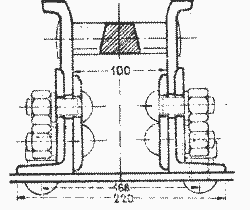

top Riggenbach
Abt Strube Locher
Abt's system, today most popular system. It
has one, two or three cog rods shifted by 1/2, resp. 1/3 of length between the
cogs.
On our territory used in 1896 on production railway in Krompachy, in 1902 on the
railway Tanvald - Polubny(Kořenov), in 1895 on railway Tisovec - Hronská Polhora. The
last usage was in 1970 on Štrba - Štrbské Pleso - reconstructed after cca 30
year, when it was out of service.
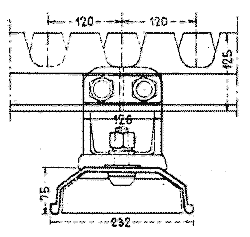
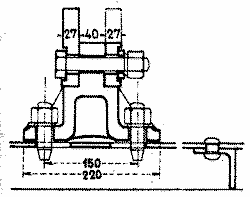

top Riggenbach
Abt Strube Locher
Strube's system created from Vignol rail.
The construction of pincers breake is possible at this system. The well known
railway build with this system is Jungrfrau railway in Switherland.
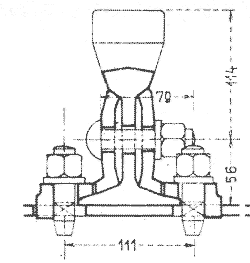
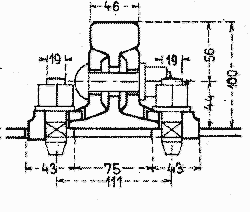
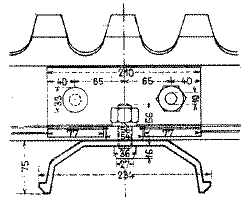


top Riggenbach
Abt Strube Locher
Locher's system for the highest rising. The cogs
on the rod are oriented horizontally and the axes of the gears are vertical.
First time used in 1889 on railway onto Pilatus in Switherland (dauge 800 mm, max.
rising 480
o/oo). Planned, but not build urban railway in Karlovy
Vary (max. rising 400
o/oo).
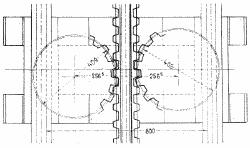

top Riggenbach
Abt Strube Locher
According the article in Železničář 1982, number 10
Signed: -k M
|